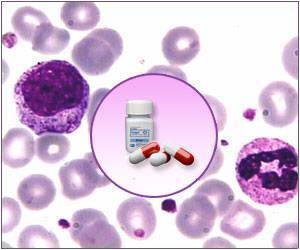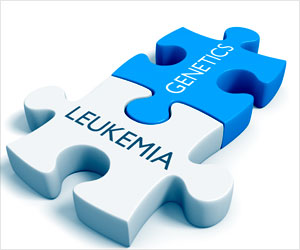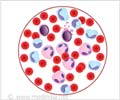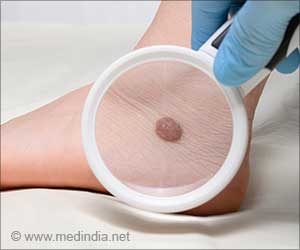Drug therapy for Chronic Lymphocytic Leukemia treatment is found to be ineffective due to the financial burden imposed on patients.

"The rising cost of cancer care is a serious concern," says Jagpreet Chhatwal, PhD, of the MGH-based Institute for Technology Assessment, corresponding author of the paper that has been published online. "The average cost of annual cancer treatment, which was below $10,000 per patient before 2000 has now increased to more than $100,000. Such increasing trends can limit access to new therapies, potentially undermining their clinical effectiveness. These new drugs are highly effective, but their high costs motivated us to project their changing economic burden and affordability."
In contrast to chemotherapy, which kills fast-growing cells throughout the body, targeted therapy drugs act by directly interfering with metabolic pathways driving cancer growth. As a result, they have fewer side effects, and they have shown to be better than chemotherapy-based approaches in clinical trials. Several targeted drugs have been approved for CLL treatment in recent years, initially for patients with specific gene mutation associated with poor survival outcomes or with relapsed diseases resistant to chemoimmunotherapies. Earlier this year oral targeted therapies became the first-line standard of care for CLL treatment in all patients.
But since these drugs can cost around $130,000 per year and treatment may be continued indefinitely - compared with $60,000 to $100,000 for a single, six-month course of chemotherapy - the researchers investigated the potential financial impact of these drugs on payers' budgets, as well as on Medicare-enrolled patients, who represent the majority of CLL patients in the U.S. Based on both drug costs and the fact that patients receiving targeted treatment are likely to live longer, the researchers projected that:
- per-patient lifetime costs for CLL treatment will increase from $147,000 to $604,000 from 2016 onwards,
- the total out-of-pocket costs for Medicare patients will increase from $9,200 to $57,000 for patients initiating treatment from 2016 onwards,
- the total annual cost of CLL management in the U.S. will rise from $0.74 billion in 2011 to $5.13 billion in 2025, an increase of 590 percent.
Whereas the standard measure used to determine the cost effectiveness of a medical intervention is whether it costs less than $100,000 for each additional year of life gained, the projected cost effectiveness ratio of oral targeted CLL therapy is $189,000 for each year gained.
Advertisement












